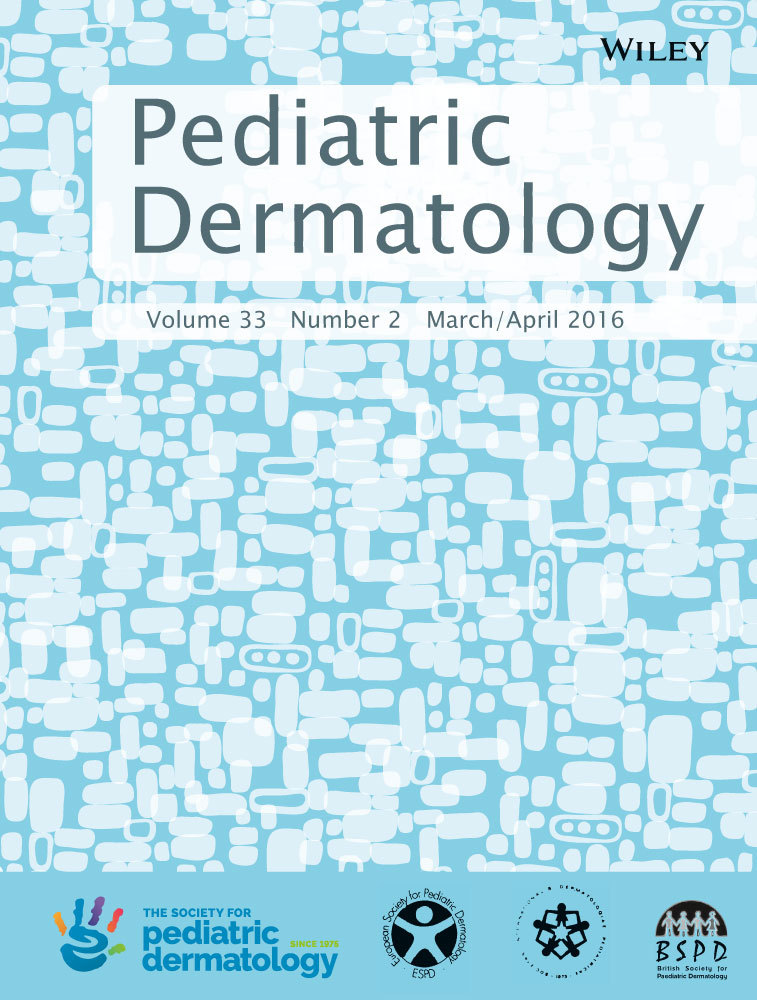Two Cases of Autosomal Recessive Congenital Ichthyosis due to CYP4F22 Mutations: Expanding the Genotype of Self-Healing Collodion Baby
Abstract
Collodion babies are born with a tight, shiny cast that sheds in a few weeks. After shedding, most patients will display features of autosomal recessive congenital ichthyosis (ARCI) later in life but in up to 10% of cases, the skin eventually becomes normal or only minimally involved, a phenotype called self-healing collodion baby (SHCB), which is considered as ARCI subtype in the 2010 consensus classification of congenital ichthyosis. The term self-improving collodion ichthyosis (SICI) has been proposed for these patients. SHCB/SICI was initially associated with mutations in the gene TGM1. However, some cases showing ALOX12B and ALOXE3 gene mutations have also been reported. We report two cases of SHCB/SICI showing homozygous mutations in the gene CYP4F22.




